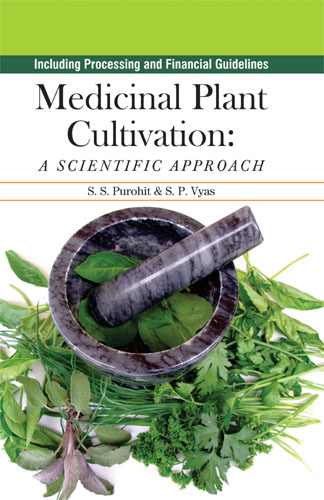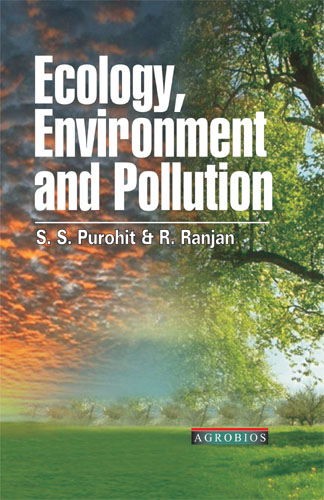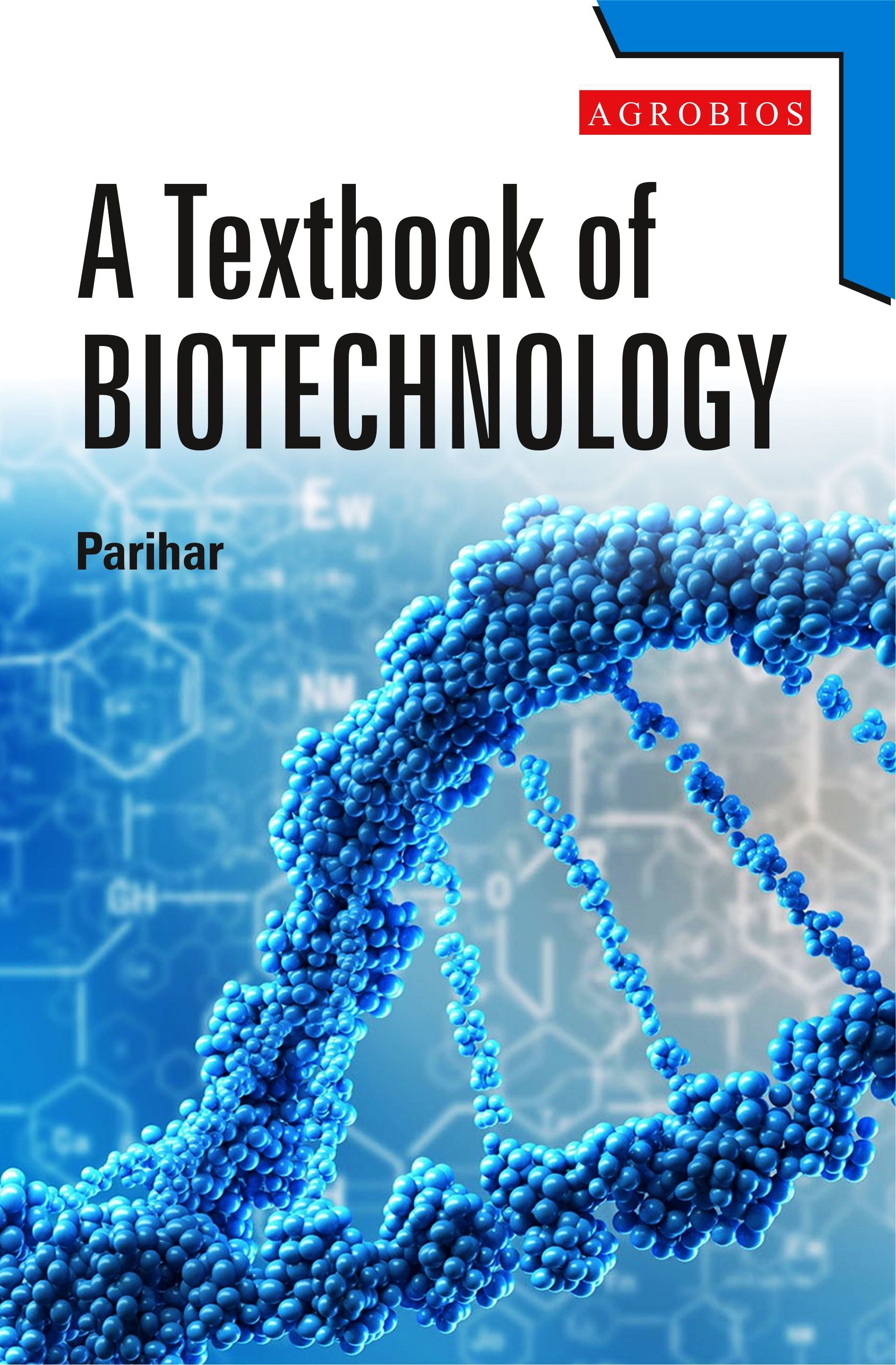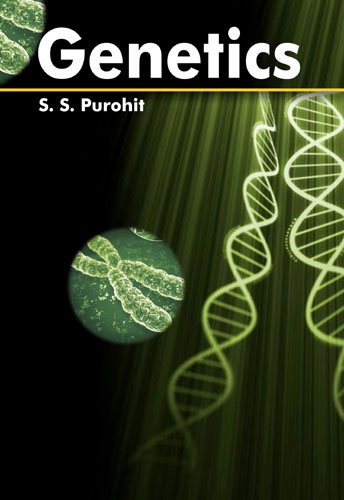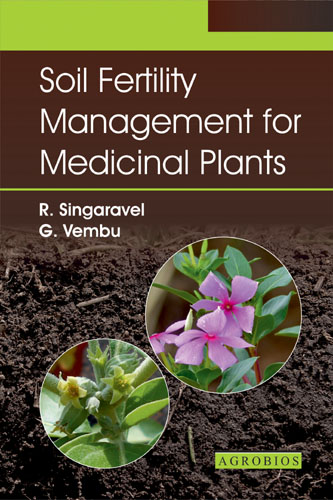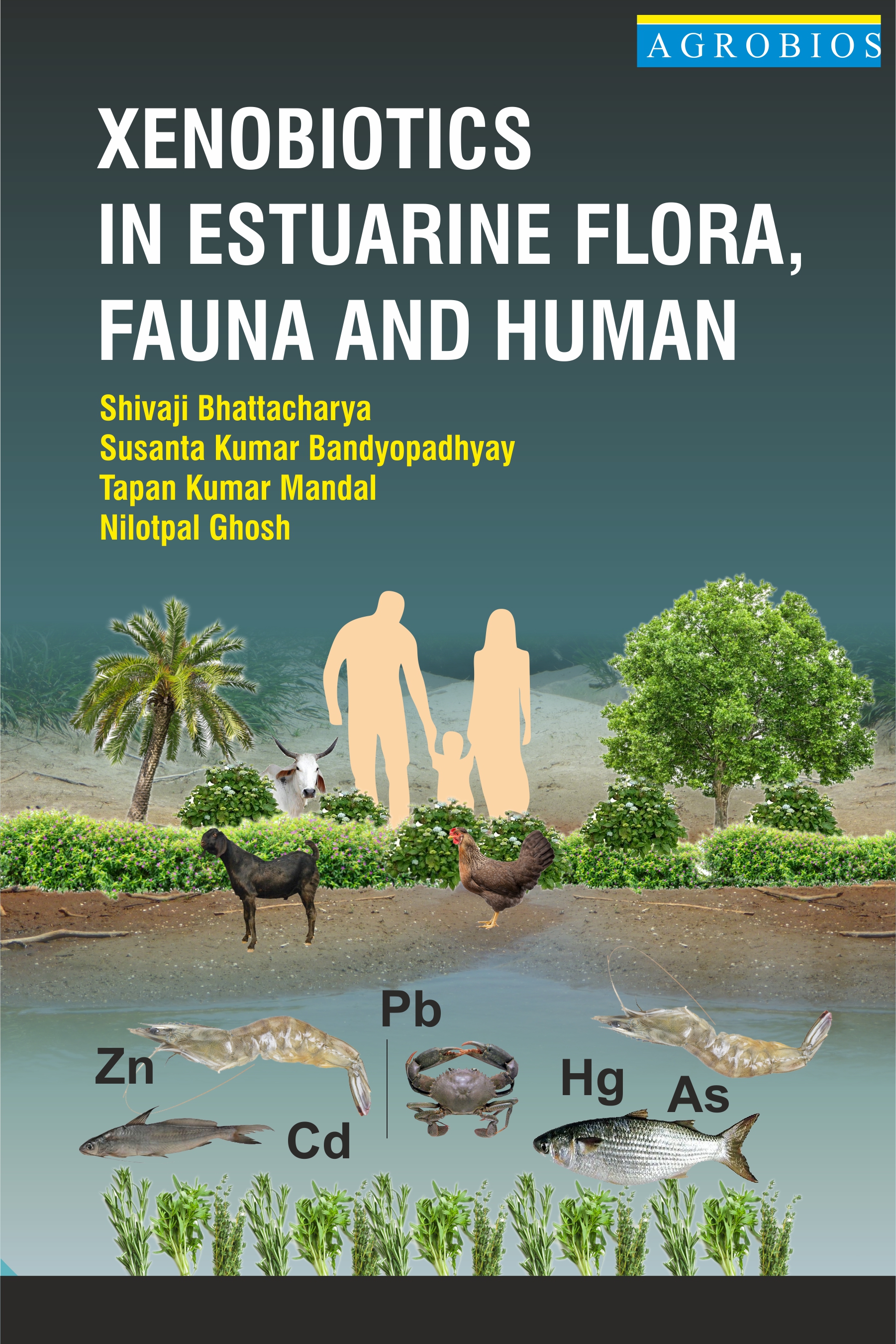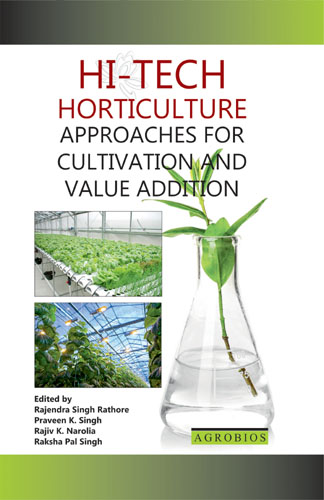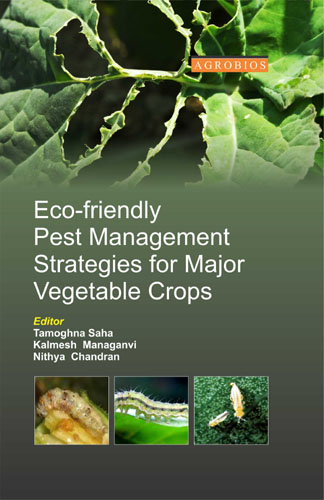Medicinal Plants Cultivation: A Scientific Approach
World Health Organisation (WHO) has estimated that atleast 80% of the world population rely on traditional systems of Medicine for their primary health needs. These systems are largely plant based. According to WHO over 21 000 plant species are useful in the preparation of medicines. Due to the growing awareness about side effects and complications of chemical and synthetic medicines, cosmetics and health supplements, usage of herbal products has gained importance both in the Eastern and Western worlds. Herbal plants have global market worth about US$ 62 billion per annum and India share is only 0.2%. We hope that this market will grow up to about 15% in near future.
Planning Commission of Government of India in June 1999 has established a task force to study the export market. The task force suggested to fix up the target of medicinal plant export to the tune of Rs. 3000 crores by 2005 and Rs. 10,000 crores by 2010. This is the proper time for India to make relentless efforts to take substantial cultivation and share in current herbal market.
The uncontrolled collection and sale of large quantities of plant material from the forest leads to destruction of many forest plants. Local communities, traditional medicinal herbalists and herbal medicine vendors popularly collect roots, bark and whole shrubs. This is a serious problem.
Cultivation of medicinal plants especially high value medicinal plants is creating new dimension in the field of agriculture. The Medicinal Plant Industry puts together the various facets of this multi-disciplinary industry and its global interest. The need for developing countries to acquire technologies and techniques for programmed cultivation of medicinal plants is a current issue. Various aspects of medicinal plant cultivation includes old philosophies, modern impact of traditional medicines, and methods of assessing the spontaneous flora for industrial utilization, climatic variations, biological assessment, formulation, process technologies, phytochemical research and information sources.
Indian herbal Industry is at blooming stage, however cultivation of medicinal plants is not so easy. It is a challenging task because less is known about their seed biology. Much efforts have not been made to search elite specimens and their propagation.
There is a need for a scientific approach for propagation of medicinal plants and to collect relevant information regarding agrotechnology, genuine planting material, economics of field cultivation, high yielding varieties etc. One has to explore wild medicinal plant species and to bring them under cultivation. Sometimes plants selected from the wild population may be suitable for the cultivation and there is no immediate necessity for any improvement programs in it.
Scientific cropping of industrially important medicinal plant is an integrated approach with agricultural and forestry with optimum land and water resources utilization. In India, various medicinal plants are cultivated and domesticated, therefore, International trade is looking to procure medicinal plant materials from India for the production of pharmaceutical, nutraceutical and cosmeceutical preparations. India is also making efforts for cultivation, collection, characterization, planned hybridization programs for improvement of the plant species, and conservation medicinal plants restoring their genetic resources, etc. for commercial cultivation. Plant the breeders of medicinal plant play key role in improvement of medicinal plants because he cares for stable produce, uniform plant growth and maturity, economic to grow and of good quality.
Indian farmers are facing various problems in cultivation of medicinal plants because of lack of proper agro-technology, high fees for packages developed by various organizations, lack of reliable and standardized technology package, lack of planting material, market potential and system, cultivated vs wild plants, organic farming techniques, etc. Knowledge of post-harvest processing technology of plants for the extraction of chemicals and preparations of active formulations is still needed. For this purpose one has to take help of research organizations, private institutes, farmers, NGOs public sector institutes etc. for better technical know-how of cultivation and post-harvest techniques of medicinal plants.
Role of women in particular in harvesting most of the forest produce and collecting fuel wood is of paramount importance. This has generated income for them and in turn improved quality of their life.
The purpose of the present book to gives overall information about general cultivation practices of medicinal plants. Individual plant has also been discussed with its cultivation techniques. Procedure for getting financial aids through various financial agencies has also been mentioned.
Dr. Purohit SS
 555
555
Table of Contents..
SECTION
1: GENERAL PRACTICES OF CULTIVATION, PROCESSING AND FINANCIAL GUIDELINES
- Medicinal Plants: Present and Future
- Classification, Identification and Naming of Medicinal Plants
- Production and Management of Medical Plans on Farms
- Cultivation of Medicinal Plants: An Eco-Friendly Approach
- Mulching Practices
- Propagation of Medicinal Plants
- Diseases of Medicinal Plants
- Pests and Pest Management in Medicinal Plants
- Harvest Technology and Value Addition of Medicinal Plants
- Who Guidelines for the Assessment of Herbal Medicines
- Improvement of Medicinal Plants
- Conservation Strategies of Medicinal Plants
- Medicinal Plants in Trade
- National Medicinal Plans Board
- Sources of Financial Aids for Medicinal Plant Cultivation
SECTION II: PLANT WISE USES AND CULTIVATION PRACTICES
- Abelmosclms moschatus Linn. (Maskdana)
- Acacia arabica Lamk. Willd (Babul)
- Acacia catechu L.F. Willd (Khair)
- Achyranthes aspera Linn. (Puthkunda, Chirchitta, Latjira)
- Aconitum heterophyllum Wall. (Attis)
- Adhatoda vasica Nees (Adulasa)
- Aegle marmelos Correa Ex Roxb. (Bale)
- Albizia odoratissima Benth. (Black Siris or Ceylon Rosewood/ Kala Siris)
- Allium sativum Linn. (Garlic)
- Aloe vera Toun Ex Linn. (Aloe)
- Alstonia scholaris R. Br. (Devil's Tree)
- Anacardium occidental Linn. (Cashew)
- Andrographis paniculata Nees. (King of Bitters)
- Apium graveolens Linn. (Celery)
- Areca catechu Linn. (Areca-Nut/Betel-Nut Palm)
- Asparagus racemosus Willd. (Shatavari)
- Atropa belladonna Linn. (Belladonna/ Indian Atropa)
- Bacopa monnieri (Linn.) Pennell (Barami)
- Balsamodendron myrrha (Bol / Bal)
- Bambusa arundinacea Retz. Willd. (Bans)
- Bergenia ligulata Wall. (Pashanabheda)
- Boerhaavia diffusa Linn. (Gadahpurna)
- Bombax malabaricum Dc. (Shaalmali)
- Butea monosperma Lam. / Erythrina monosperma Lam. (Flame of the Forest)
- Cassia angustifolia Vahl. (Senna)
- Cassia fistula Linn. (Amaltas /Indian Laburnum)
- Cassia tora Linn. (Chakunda)
- Catharanthus roseus (L.) G. Don. (Sadabahar)
- Caesalpinia bonduc (Linn.) Roxb. (Kantkarej)
- Chamomilla recutita (German Chamomile)
- Chlorophytum borivillionam (Safed Musli)
- Cinchona sp. (Cinchona)
- Cinnamomum sp. (Cinnamon)
- Coleusforskohlii (Willd.) Briq. (Pathar-Choor or Pashan Bhadi)
- Comiphora wightii Arn. (Guggal)
- Costus speciosus (Koen. Ex Retz.) (Kebu or Keyu)
- Curcuma angustifolia Roxb. (Tikhur)
- Cymbopogon martinii (Roxb.) Wats (Rusa Grass)
- Cyperus scariosus R. Br. (Nagar-Motha)
- Embelia ribes Burm. F. (Vayvidamg, Bhabhiramg)
- Datura sp. (Datura)
- Digitalis sp. (Tilpushpi)
- Dioscorea sp. (Greater Yam/ Asiatic Yam)
- Duboisia myoporoides (Corkwood Tree)
- Elettaria cardamomum Maton. (Cardamom)
- Eucalyptus sp. (Eucalyptus)
- Fagopyrum esculentum Moench. (Buckwheat)
- Ficus bengalensis Linn. (Banyan Tree)
- Ficus glomerata Roxb. / F. Racemora Linn. (Gular Fig)
- Foeniculum vulgare Mill. (Saunf)
- Gloriosa superba Linn. (Glory Lily)
- Glycyrrhize glabra Linn. (Mulhatti)
- Grewia tilifolia Vahl. (Bhimal /Grewia)
- Hemidesmus indicus (Linn.) R. Br. (Anantamul)
- Hyoscyamus niger Linn. (Henbane/ Khurasani-Ajvayan)
- Jatropha curcas L. (Ratanjyot)
- Lawsonia inermis Linn. (Mehandi)
- Lepidium sativum L. (Chandrasur)
- Leptadenia reticulata W. & A. (Jivanti)
- Mentha arvensis Linn. (Pudina)
- Mucuna pruriens Bak. (Kawanch)
- Murraya koenijii Linn. (Spr English/ Curry Leaf Tree)
- Oxystelma secamone Linn. (Dudhialata)
- Ocimum basilicum L. (Tulsi)
- Phyllanthus emblica Linn. (Indian Gooseberry/ Amla)
- Picrorhiza kurroa Royle Ex Benth (Kutaki)
- Pimento dioica (Linn.) Merrill (Allspice)
- Piper longum Linn. (Pipli)
- Plantago ovata Forsk (Isaphgol)
- Psoralea corylifolia Linn. (Babchi)
- Rosa sp. (Gulab)
- Saraca indica Linn. (Ashok)
- Saussurea lappa, C. B. Clarke (Kuth)
- Silybum marianum Linn. (Holy Thistle)
- Strychnos nuxvomica Linn. (Kuchala)
- Terminalia arjuna Roxb. Pentaptera arjuna Roxb. (Arjun)
- Terminalia bellerica Roxb. Myrobalans bellerica Gaertn. (Bahera /Belleric Myrobalan)
- Terminalia chebula Retz. (Harara/ Chebulicmyrobalan)
- Tinospora cordifolia (Willd) Miers. (Giloe)
- Tribulus terrestris L. (Gokharu)
- Trigonella foenum-graecum Linn. (Fenugreek)
- Valeriana sp. (Tagar)
- Vitex negundo Linn. (Nirgandi)
- Withania somnifera Dunal. (Ashwagandha)
- Zingiber officinale rose (Ginger)
SECTION III
- ADDITIONAL INFORMATION
- Glossary
Appendix
- Agro-Techniques for Different Medicinal Plants
- Conversion Tables
- Fertilizer Contents
- Sulphur Fertilizers
- Various Compounds with Nutrient Content
- Nutrient Content of Non-Conventional Green Manures
- Comparison Between Chemical Fertilizers and Biofertilizers
- Microorganisms Used as Bioferilizers
- Comparison of the Available Mineral Elements in the Cast of Earthworms and in the Upper Layer of Ploughed Soil
- Nutrient Status of Some Industrial Wastes
- Crop Residue Potential
- Average Nutrient Content of Some Common Farm Residues
- Few Biodynamic Preparations
- Nutrient Potential of Green Manures
- Important Web Sites for Medicinal Plants
- E-Mail and Postal Office Address Related to Medicinal Plants
- Addresses of Eco-Friendly Farming
- Resources for Vermicompost
- Agencies/ Individuals Working On Organic Farming in India
- State Medicinal Plants Board
Table of Contents..
Book Details
Book Title:
Medicinal Plants Cultivation: A Scientific Approach
Medicinal Plants Cultivation: A Scientific Approach
Book Type:
TEXT-CUM-REFERENCES BOOK
TEXT-CUM-REFERENCES BOOK
No Of Pages:
700
700
Color Pages :
0
0
Color Pages :
0
0
Book Size:
AMERICAN ROYAL (6X9)
AMERICAN ROYAL (6X9)
Weight:
1500 Gms
1500 Gms
Copyright Holder:
All Rights Reserved
All Rights Reserved
Imprint:
M/s AGROBIOS (INDIA)
M/s AGROBIOS (INDIA)
Readership:
FIELD WORKERS | PG STUDENTS | SCIENTISTS AND RESEARCHERS |
FIELD WORKERS | PG STUDENTS | SCIENTISTS AND RESEARCHERS |
Associated Subjects:
Horticulture , Medicinal And Aromatic Plants , Botany , Economic Botany , Medicinal & Aromatic Plants , Pharmacutical Sciences , Pharmacy ,
Horticulture , Medicinal And Aromatic Plants , Botany , Economic Botany , Medicinal & Aromatic Plants , Pharmacutical Sciences , Pharmacy ,



